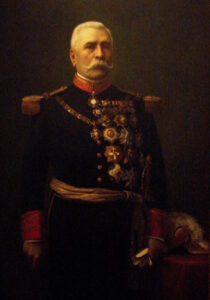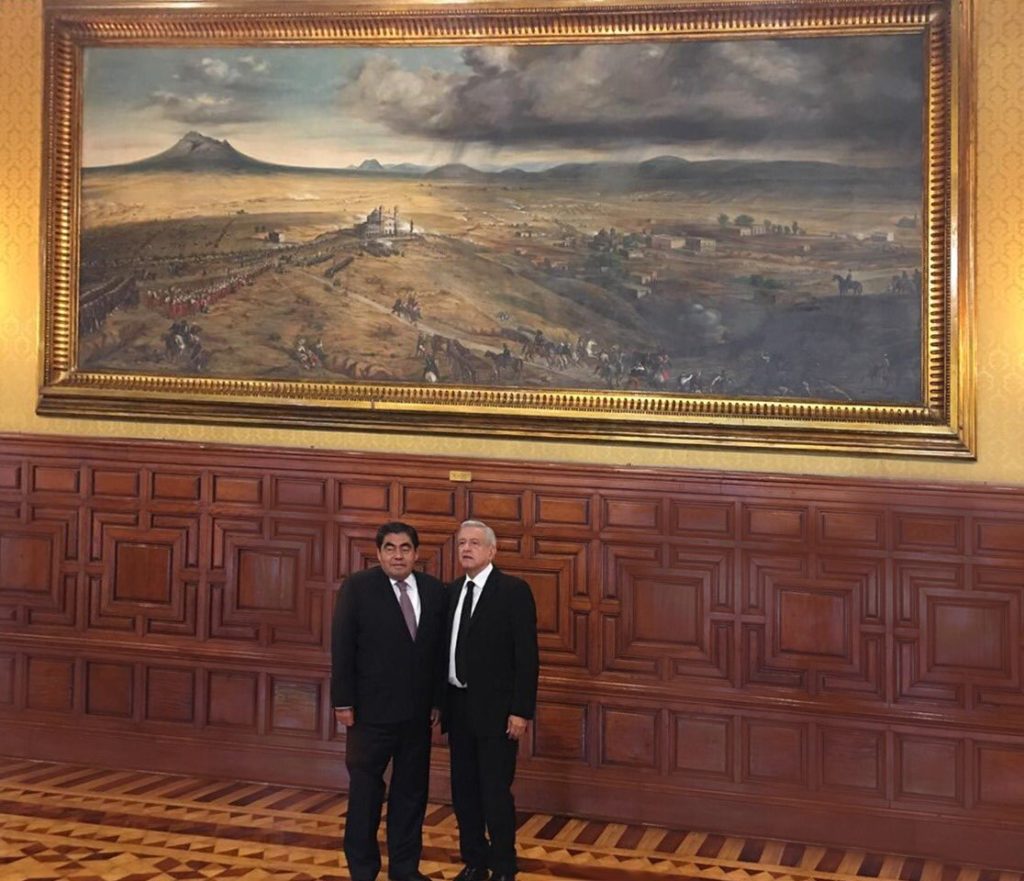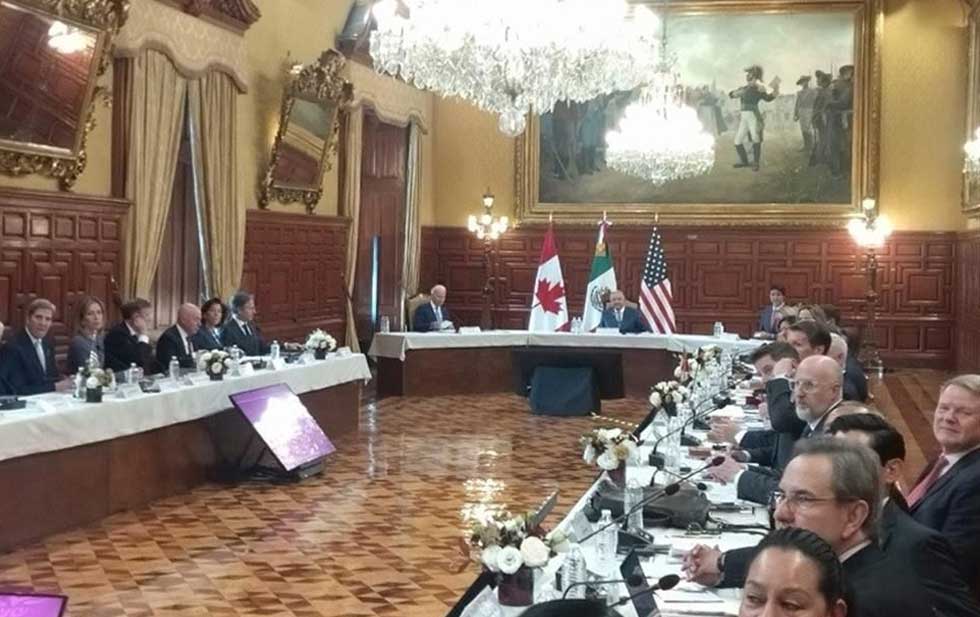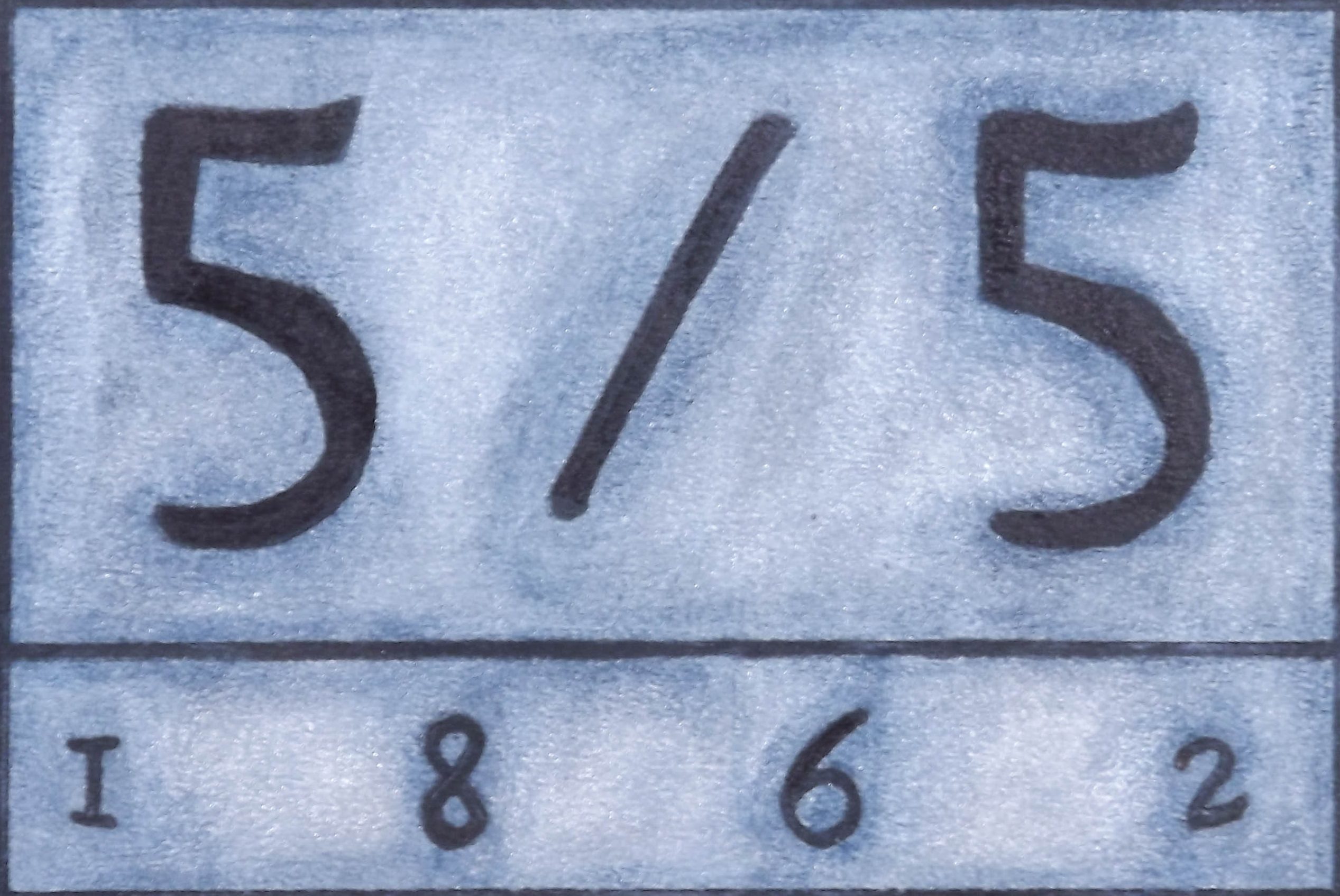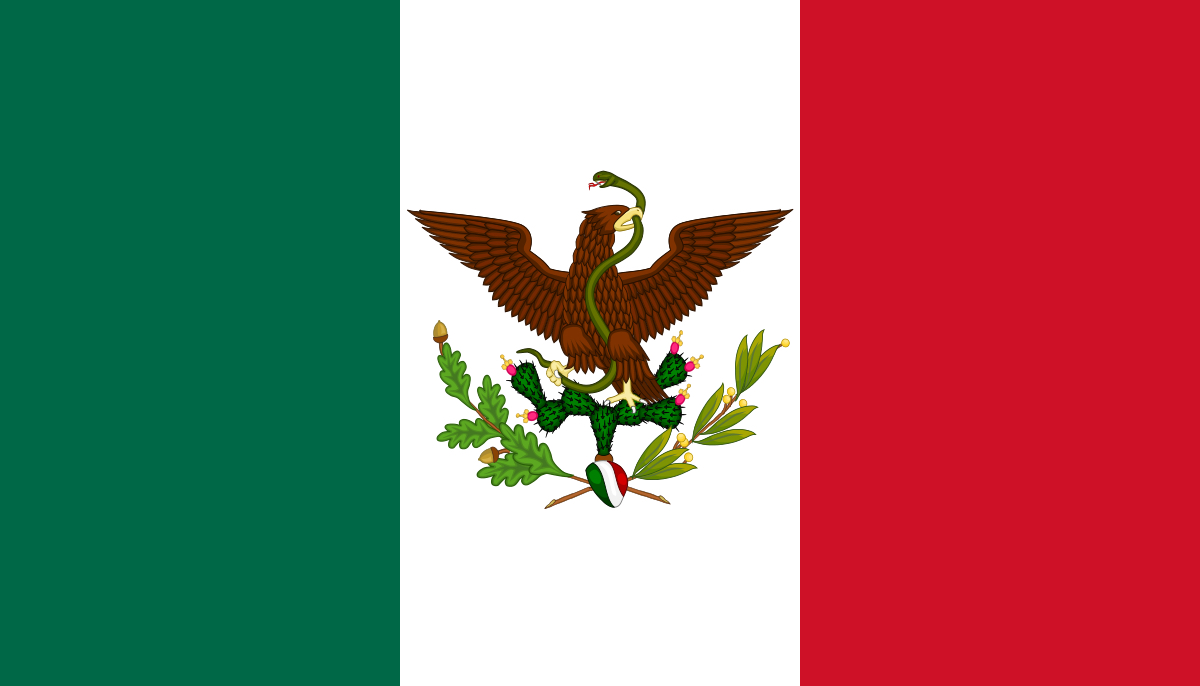The Primitivo Miranda piece (right), Battle of Cinco de Mayo, is directly related to a piece by Patricio Ramos Ortega of the same theme (left). Both have the same composition, elements and tones. However, the size of both is notoriously different. The work of Primitivo Miranda measures 10 by 22 feet while that of Patricio Ramos Ortega measures 19 by 56 inches.
It is worth mentioning that Ramos Ortega was present at the Battle of Cinco de Mayo in 1862, having participated as a soldier. While Miranda was commissioned to make his piece between 1863 and 1865, not knowing the exact date. Work that was not completed until 1868. Having pointed out this one can conclude without hesitation that Primitivo Miranda used, or rather copied, specific elements of Patricio Ramos’ painting to paint the work that is exhibited today in the Reception Hall of the National Palace.
«Primitivo Miranda (1822 – 1897) studied at the San Carlos Academy in Mexico City and at the San Lucas Academy in Rome. He was a supporter of the liberal party, during the War of the Reform (1858-1861) Miranda focused on the representation of themes that reflected the history and customs of Mexico. In 1861, after the triumph of the liberal party and during the brief period in which they had power, Miranda was commissioned to prepare a draft regulation for the National Academy of San Carlos. In 1863.5 Juan Antonio de la Fuente, Minister of Foreign Affairs and Government, commissioned him to carry out the commemorative monumental painting of the Battle of May 5 that is now in the National Palace, which was postponed and was finally completed in 1868”.
The Restoration of an Easel Painting, Information Derived from the Intervention and Its Totality for Heritage Historiography. Rossana Sierra Espinoza, Page 3. 2012

